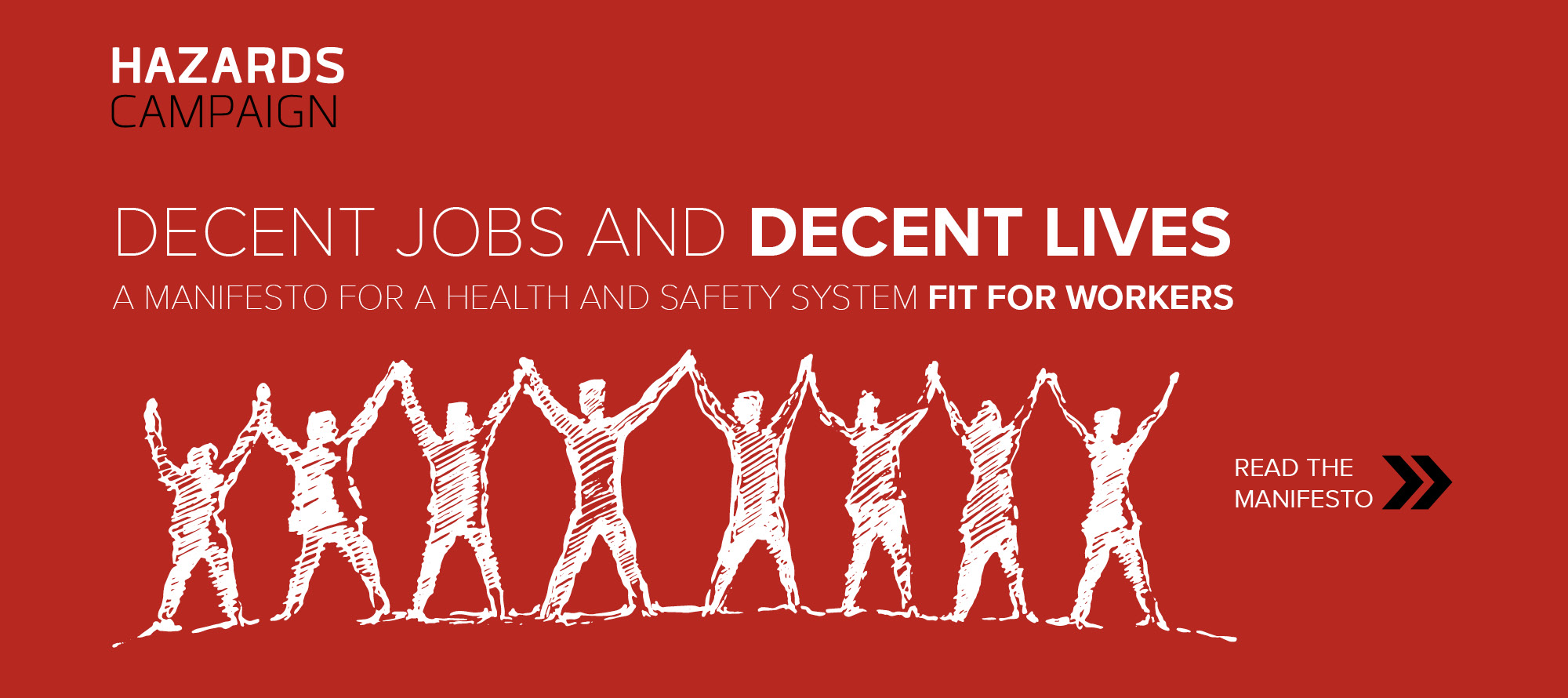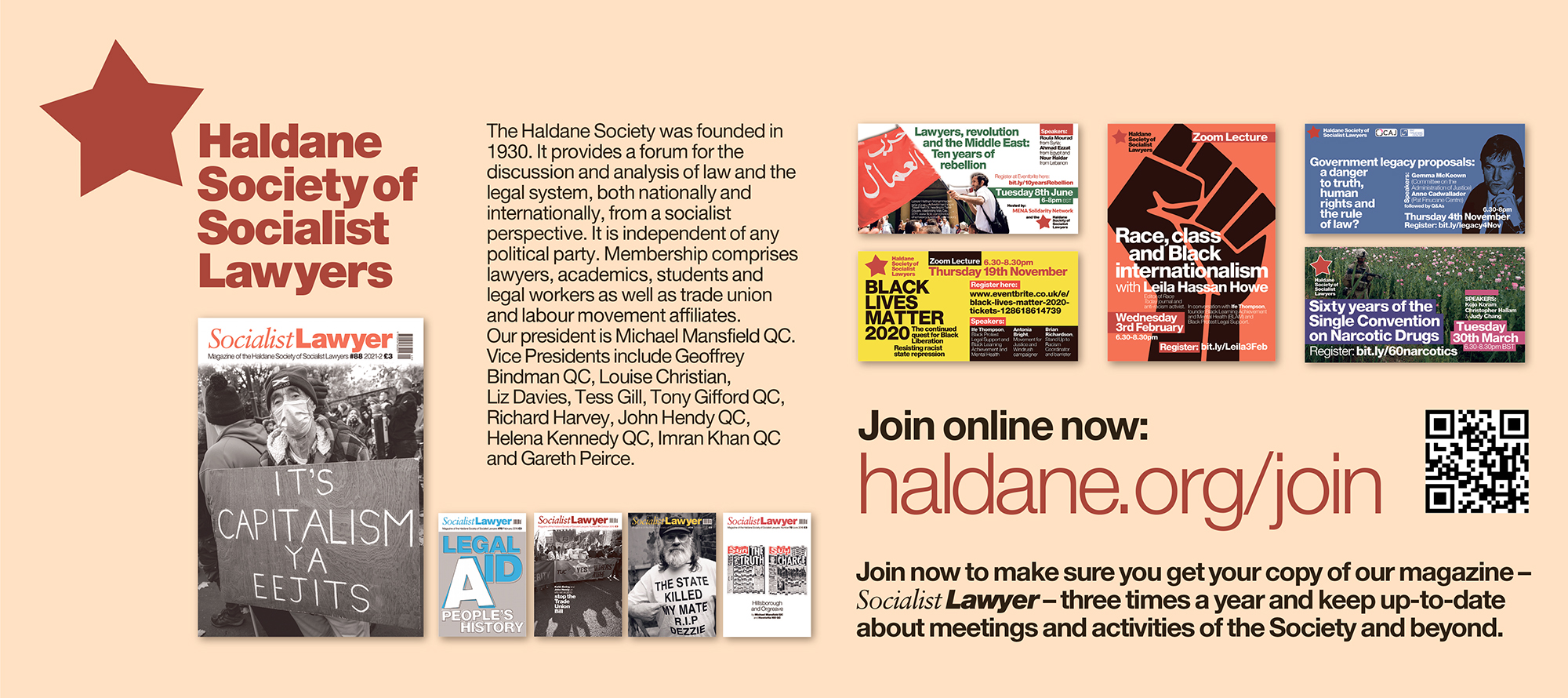All sectors report gender pay gap that favours men
06 April 2018 The results of the first compulsory gender pay gap reporting exercise has shown that men are paid more than women on average in every sector.
06 April 2018
The results of the first compulsory gender pay gap reporting exercise has shown that men are paid more than women on average in every sector.
Over three-quarters (78%) of organisations have a gender pay gap that favours men, and the median pay disparity is 9.7%. Only 8% reported paying male and female colleagues equally, and 14% pay women more.
In the public sector, as many as nine of ten organisations revealed they pay men more than women, with an average pay gap of 14%.
The sectors with the largest pay gap were construction, finance and insurance, and education.
Chief Executive of the Equality and Human Rights Commission (EHRC), Rebecca Hilsenrath, told the BBC that companies must now consider why they have a gender pay gap and take action to address it.
”We want them to look at their flexible working practices, we want to look at them tackling bias, conscious and unconscious, and we’re looking to them to address instances of pregnancy and maternity pay discrimination,” she explained.
Businesses and public sector organisations with 250 employees or more were required to publish pay data broken down by gender by midnight on Wednesday. Over 10,000 companies met the deadline, but 1,557 did not comply with the law.
In response to the figures, a group of female MPs has announced it will launch a new online campaign called #PayMeToo this Monday 09 April, which will run on social media and a new website.
Led by Stella Creasy, a Labour MP, the campaign exists to offer women advice on how to hold their employers to account and demand action, including by working with trade unions. The politicians are also encouraging women to fill out a survey about their experiences, which they say will “help inform our debates in parliament about how to address these issue”.
“If we are serious about tackling the gender pay gap then we have to do more than publish data – we have to show we’re watching what happens next,” Creasy told the Guardian.
“Women are already telling us that they are being told not to ask difficult questions about this for fear of affecting their careers and we want to be clear that trying to silence employees isn’t the right response,” she said.
In our Manifesto for Labour Law – 25 recommendations for reform that have been adopted as the blueprint for Labour Party policy – we put forth several proposals for the improvement of equality at work.
These include providing truly flexible work, and shareable parental leave, including six months of maternity leave on full pay; one month of paternity leave on full pay; and an entitlement for parents to share leave by reducing their working hours.
In order to better enforce the law, we propose that all employers should be required to monitor the composition of their workforce in terms of disability, race and gender; and to carry out regular pay audits in co-operation with workplace equality officers from recognised or representative trade unions. These equality officers would sit on an equal opportunities forum (which employers would have a statutory duty to create) with the role to consider and work to ameliorate issues affecting equality in the workplace.
In addition, we recommend that employers’ liability for third-party harassment is restored and that employers should be required as a matter of law to provide a workplace free of abuse.





